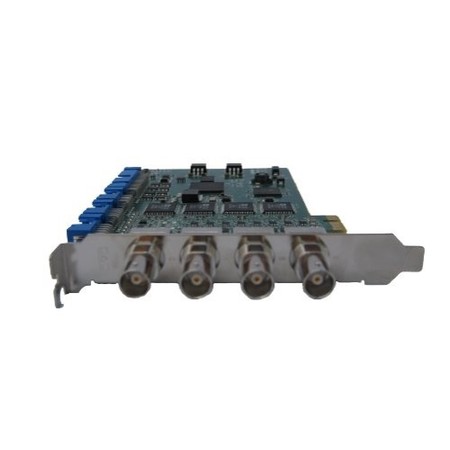

I know JPEG2000 is used in some medical imaging systems, and I have also heard that the Library of Congress uses it.ĭo you use JPEG2000? If so, please leave a comment. It uses GPU-based Fastvideo J2K decoder for fast decompression.
#J2k compression software
That last image is stored using just 545 bytes! That's a compression ratio of about 1082. Fast J2K Viewer is a fast and easy software to preview images in JPEG 2000 format (files with. But how big is the file? Did we get close to the target? s = dir( 'peppers_1000.j2k') imwrite(rgb, 'peppers_1000.j2k', 'CompressionRatio',1000) c-plus-plus compression jpeg2000 lossy-image-compression lossless-image-compression jpeg2000-part15 iso-iec-15444 iso-iec-15444-15 itu-t-t-814. Let's zoom into a region and compare more closely. imwrite(rgb, 'peppers_20.j2k', 'CompressionRatio',20) Let's compress the image by a factor of 20. That's pretty close to the specified target. The compression ratio is the ratio of those two numbers. Now let's figure out the size of the JPEG2000 file we just created. So the total number of in-memory bytes to represent the image is the number of rows times the number of columns times 3.

The in-memory storage format for this image is 3 color values for each pixel, and each color value is stored using 1 byte. And while we're at it, let's check the output file to verify the actual ratio. Let's make sure we agree on what compression ratio means. Shall we start with a modest compression ratio of 10? imwrite(rgb, 'peppers_10.j2k', 'CompressionRatio',10) JPEG2000 (J2K) to compress the video on three concepts: storing the video sequence frames to provide quality and spatial resolution scalability, prediction and. When you write a JPEG2000 image file using imwrite, you can specify a desired compression ratio.

JPEG and J2K lossy compressed images often suffer from compression artifacts. I was looking at some documentation yesterday and saw something that I had forgotten. In image compression, the main objective is to develop efficient algorithms.


 0 kommentar(er)
0 kommentar(er)
